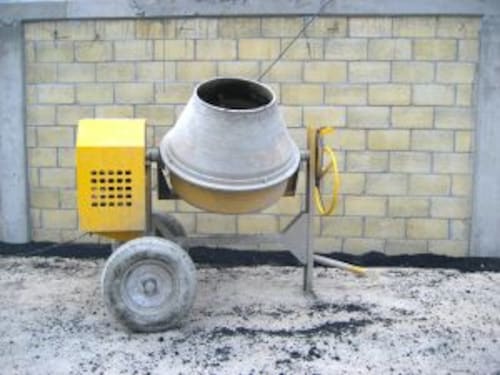The Lafarge Dilemma
Lafarge has a cement plant with one leg in India and the other in Bangladesh. The plant also finds itself on both sides of law


The Indian landscape is testing territory for mining companies. While they are tempted by the immense richness of the soil, they are also put off by its uncountable hurdles — forests, native settlements and lack of infrastructure. It looked like things were getting better when French cement major Lafarge’s limestone mining project in Meghalaya started off in 2006 “almost smoothly,” given its complex nature.
A 17 km-long conveyor belt takes the limestone across the border to Lafarge’s cement plant in Bangladesh, part of the Indian government’s promise to develop its neighbour’s cement sector. But Meghalaya comes under the Sixth Schedule of the Constitution due to which its land laws are vulnerable to various interpretations.

Infographics: Hemal Seth
In 2007, the Union Ministry of Environment and Forests asked the company to stop its operations on grounds that the mining was being done on forest land and not “non-forest land” as certified by the state administration. Though Lafarge got an interim relief from the Supreme Court, earlier this year it was forced to close the mines after a new directive. Lafarge’s fresh application for forest clearance is now being considered by the Apex Court.
So how did a non-forest land suddenly become a forest when officers from the centre checked? While Lafarge officials declined to comment on the story, local activists smell a “conspiracy to alienate native Khasi tribals,” as alleged by B.M. Roy Dolloi, legal advisor of Shella Action Committee, or SAC, named after the village where part of the mining land is located and which has filed a PIL in Meghalaya High Court.
If the ban on mining is not lifted, Lafarge’s Bangladesh plant may close down “within weeks.” The SAC alleges that the transfer of land to Lafarge is illegal. “The land sale was done in secrecy. How was a tribal land given to a non-tribal entity? It is completely illegal,” says Dolloi. He adds that under the Meghalaya Land Transfer Act, even the state doesn’t have the right to transfer a tribal land to a non-tribal person or entity. He cites the Samata judgment in Andhra Pradesh where the state government had to return tribal areas that were transferred to mining companies.
Sources close to Lafarge say that the landmark judgment doesn’t apply in Meghalaya as it has its own land tenure system under the Sixth Schedule, which empowers tribal councils and the chieftains in transfer of land. Lafarge claims it has got clearance from the local tribal body. “It is a case where too many regulatory laws are involved,” says Neerav Merchant, Associate Partner at law firm Majmudar & Co. “It remains to be seen where the final word rests,” he adds.
Questions have also been raised on how Lafarge was allowed to mortgage the “Indian” land to raise money for its Bangladesh project. And similar to the issue of iron ore exports, there are also murmurs to restrict the across-the-border movement of limestone to conserve “national resource.” Fortunately for Lafarge the state and the central administrations support the company, which claims it has followed the law. Lafarge will hope the legal webs would be cleared before its Bangladesh plant runs out of limestone.
First Published: Apr 29, 2010, 06:58
Subscribe Now